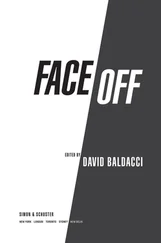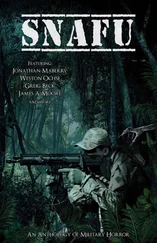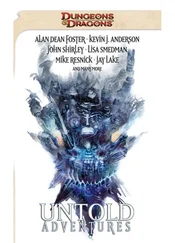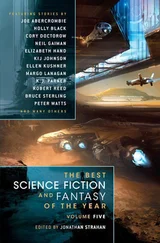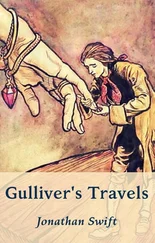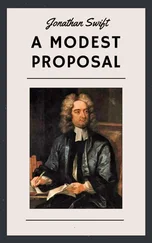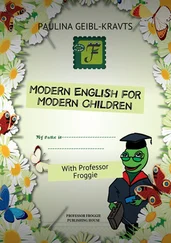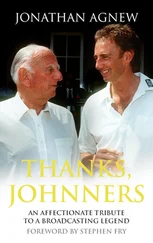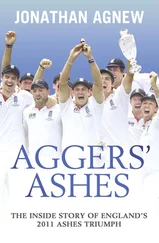The attitude of the sports administrators at that time was very different from today, in that television was viewed then more as a threat to a live event than as a financial lifeline. It seems crazy now, but with Packer determined to buy the cricket rights at virtually any price, he was throwing money at the Australian Cricket Board, only for his offers to be rejected in favour of the ABC despite the corporation paying considerably less. His final attempt in 1976 was an offer of A$1.5 million over three years, which was eight times the previous contract with the ABC. Again, he was rebuffed.
The third strand was the widespread dissatisfaction of the world’s leading cricketers at the level of their pay. Indeed, their salaries were so low and their futures so insecure that persuasion did not even come into it when the offers came to sign up to a concept that was still very much in its embryonic form.
Packer’s plan was to enlist Australia’s best players and pitch them against a World XI. The matches would be staged in Australia and broadcast on Channel Nine. The former Australia captain, Ian Chappell, was engaged to approach the Australians, while Tony Greig, the captain of England, was recruited in the utmost secrecy by Packer effectively to act as an agent and approach the world’s leading players. By May 1977, Packer had clandestinely contracted thirteen of the seventeen members of the Australian cricket team that had just begun its tour of England.
The sensational news was leaked to Australian journalists on 9 May, and the cat was out of the bag. It was hardly surprising that most of the English hostility was aimed at Greig, whose strong South African background only added to the widespread accusation of treachery. Greig was quickly sacked as England captain, but retained his place in the team. The Australians were distracted and divided, and lost the Ashes series 3–0.
At this early stage, Packer still hoped to reach a compromise. He came to England in May to meet the authorities, who had another shock in store when it was revealed that Richie Benaud, the highly respected former Australia captain and television commentator, would be acting as an advisor to Packer. This was not merely an advisory role: Benaud also composed the rules and regulations for WSC. Benaud and Packer met the ICC, cricket’s governing body, at Lord’s on 23 June to discuss the proposed format of WSC. The meeting appeared to be going well until Packer displayed a rare misunderstanding of the situation by demanding that the ICC award him the rights to broadcast Australian cricket exclusively from 1979. This, of course, was not an ICC responsibility – the domestic television rights had to be negotiated with the ACB – and when this was relayed to him, Packer stormed out of the meeting and made this unequivocal statement: ‘Had I got those TV rights I was prepared to withdraw from the scene and leave the running of cricket to the board. I will take no steps now to help anyone. It’s every man for himself and the devil take the hindmost.’ If the game had any lingering doubts about the seriousness of Packer’s intentions, they certainly did not exist any longer.
When the ICC ruled in July that any player taking part in one of Packer’s matches would be banned from Test and first-class cricket, war was declared. This was, after all, a direct threat to the players and their ability to earn a living, so when Greig, Mike Procter and John Snow decided to challenge the Test and County Cricket Board (TCCB) in the High Court, Packer put his financial clout behind them. This included audaciously hiring the most expensive QCs in England and paying them a retainer for the duration of the trial to prevent the TCCB from having access to their expertise. In November 1977 Justice Slade backed the players, ruling that any ban on the Packer players by the ICC and TCCB would be an unreasonable restraint of trade. The players knew that they would inevitably be banned from Test cricket, since countries are free to select whom they want, but they would at least now be free to continue to play county cricket.
Packer did not have everything his own way. World Series Cricket was banned from every cricket venue in Australia that had an affiliation with the board. Since poor pitches would make the whole venture look second rate – which was hardly the image Packer wanted to promote on Channel Nine – this was a serious concern. After all, he had now hired some of the fastest bowlers in the world, and the ‘Supertests’, as they were called, needed to be credible. The solution was drop-in pitches, which were cultivated off-site and then transported to the venue for the match and set in place. This enabled WSC to be played at VFL Park – an Australian rules football stadium in Melbourne’s suburbs – and, more unusually, Gloucester Park in Perth, which is a stone’s throw from the WACA but is a horse trotting track. Drop-in pitches have become more popular since Packer pioneered the concept, particularly in New Zealand, and they are just one of the many legacies of WSC. Another is the protective equipment that we take for granted these days. Because the early strips were still at an experimental stage, the batsmen were uneasy facing the fast bowlers. When David Hookes had his jaw shattered by a bouncer from Andy Roberts, helmets – which were then more like motorcycle crash helmets – and extra strap-on body protection became essential items in every WSC player’s kit bag.
WSC was expanded from its original concept of Australia against the Rest of the World to include the West Indies, who were emerging as the best team in the world with outstanding batsmen like Viv Richards and Clive Lloyd and their fearsome battery of fast bowlers led by Roberts and Michael Holding. The reason was very simple – money. The cash on offer from WSC was more than many West Indian cricketers might have expected to earn from their whole career, and given the status of the team – and Packer’s desire to make cricket a more physical, dangerous and therefore more watchable sport – the West Indian fast bowlers were irresistible to him.
The first Supertest was staged at VFL Park on 2 December 1977, featuring WSC Australia versus WSC West Indies. Not surprisingly, not many turned out to watch, but nevertheless, WSC was now up and running.
Packer’s plan was for WSC to drive his television audience, and since this naturally peaked in the evening, the solution was simple – to play limited-overs day/night matches under floodlights, with white balls, and in coloured clothing. This was an entirely new concept and one that the authorities mocked. They portrayed the cricketers as playing in pyjamas, and while the choice of coral pink for the West Indies did not go down at all well with the players because of the colour’s gay overtones, day/night cricket played on warm evenings under the stars was a genuine innovation, and another of Packer’s legacies. Games played under lights might be unsuited for top-class cricket, but slowly, and despite hostile media, crowds warmed to the idea and it clearly had a future.
At this stage, the ACB was winning the battle. Large crowds had turned out to support the traditional and closely fought Test series against India, which Australia won 3–2. Deprived of its best players, the ACB recalled the 41-year-old former captain Bobby Simpson to lead its team of youngsters. Simpson had been retired from the game for ten years but was hugely popular with Australian cricket lovers, who took to the notion that was peddled in the press of this ageing character being recalled to stand up for the proper form of cricket, which was coming under attack from the raucous and thoroughly uncouth WSC.
This image came under fire when Simpson then took his team to the Caribbean in March 1978. West Indies selected all their Packer players and Australia, armed only with Jeff Thomson, took a hammering, although they did manage to win one of the four Tests. Simpson averaged only 22 in the series and was subsequently replaced by Graham Yallop.
Читать дальше

